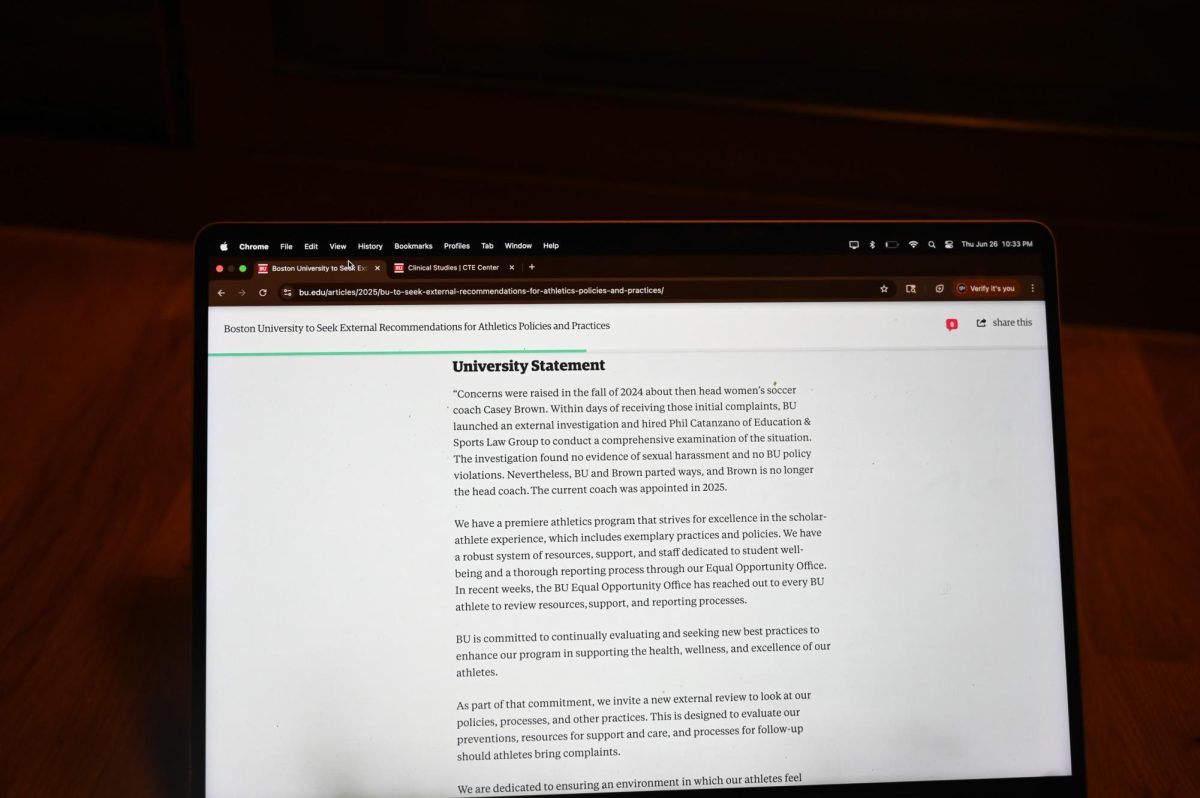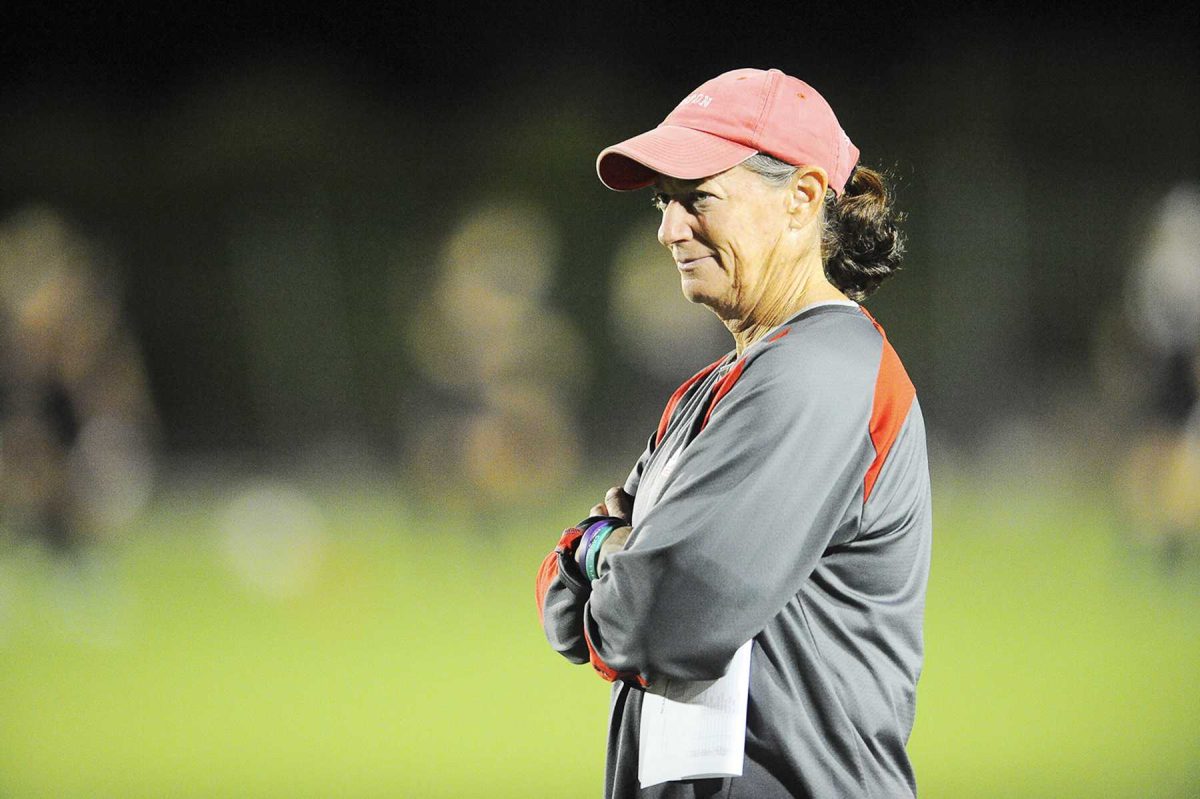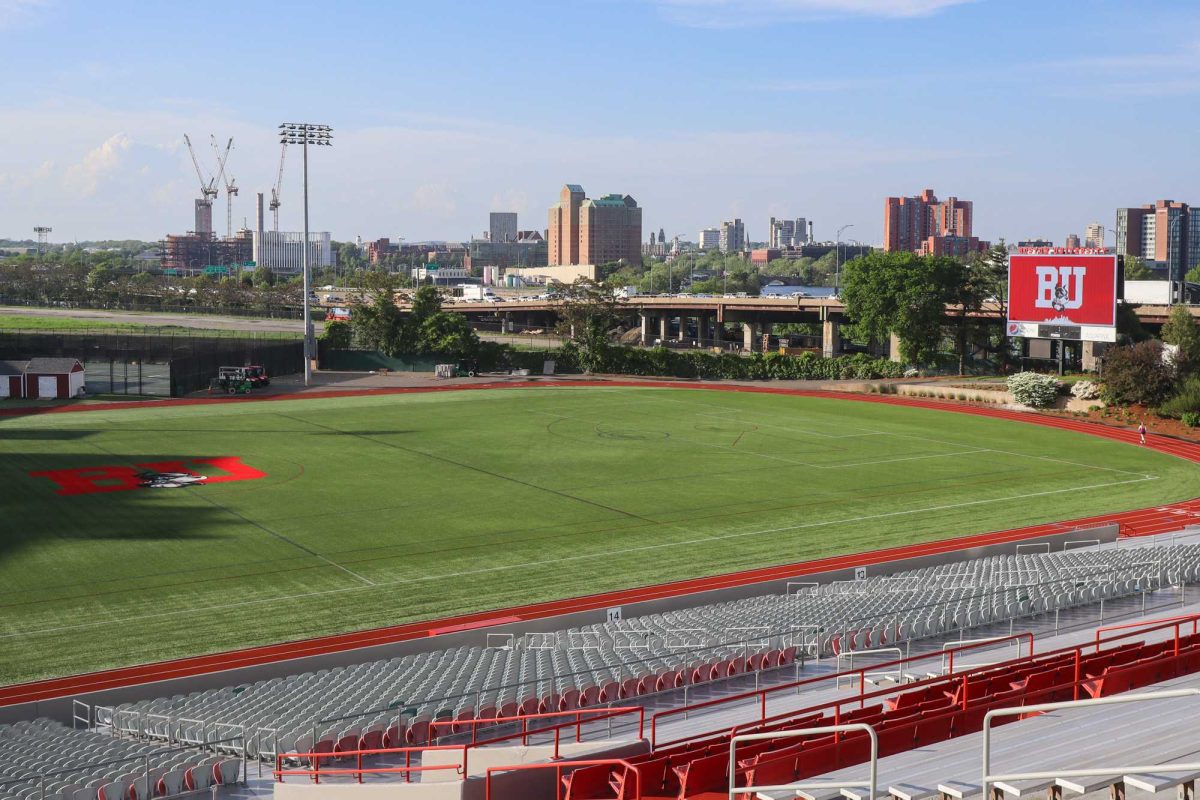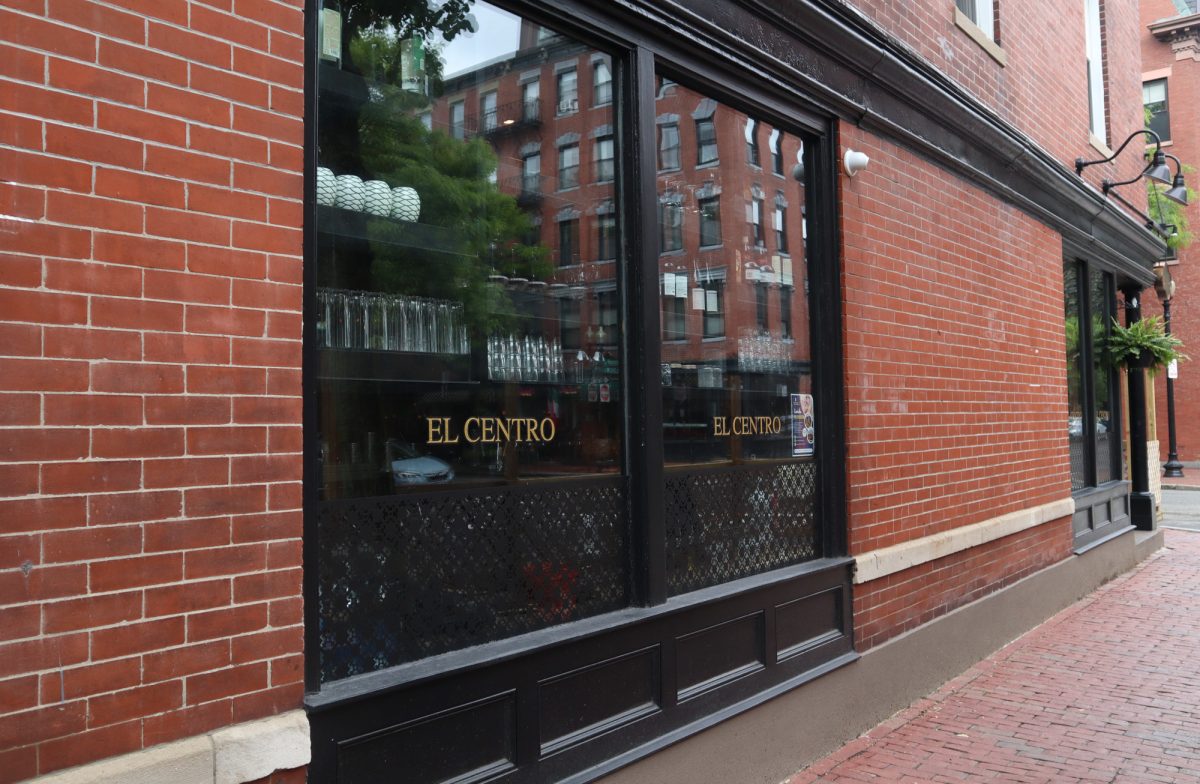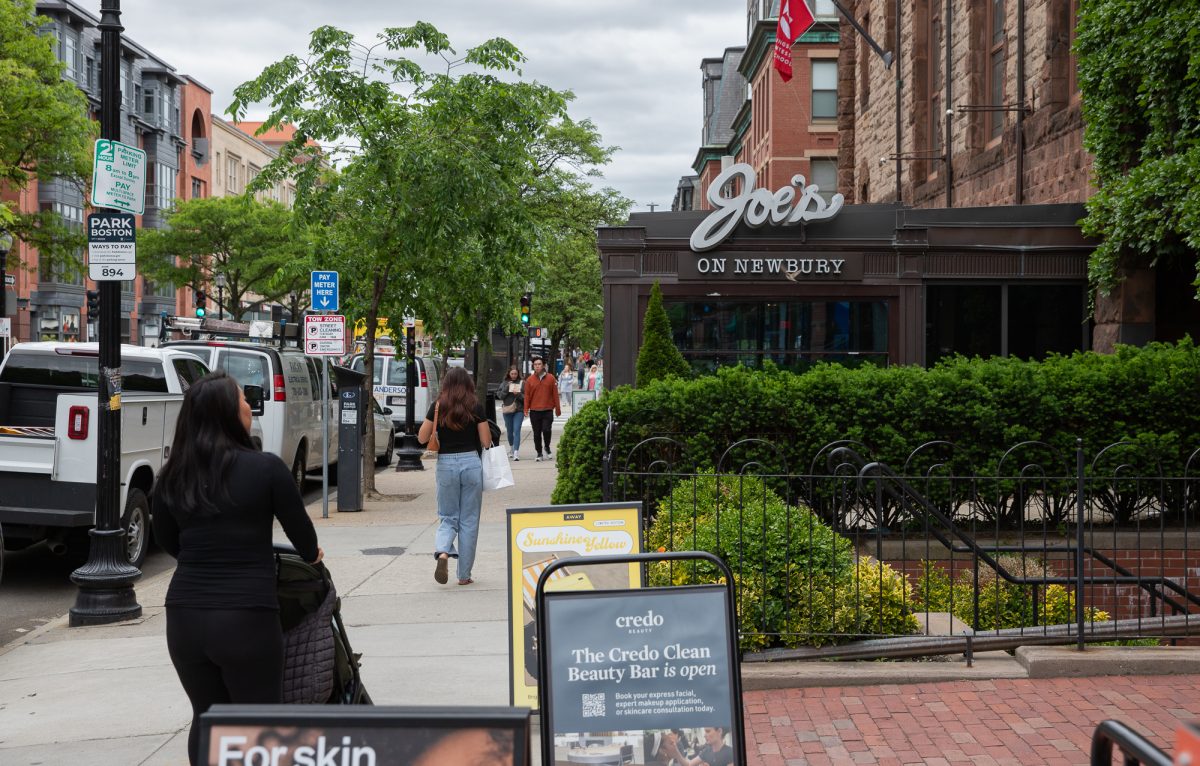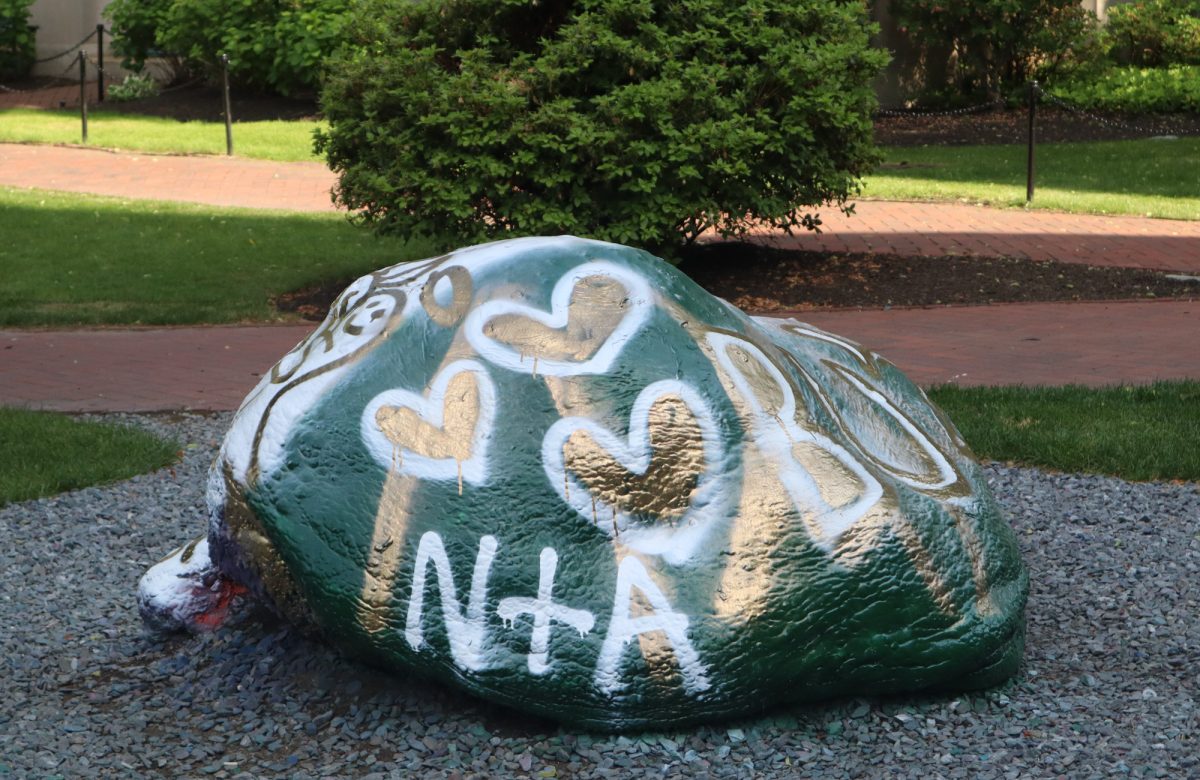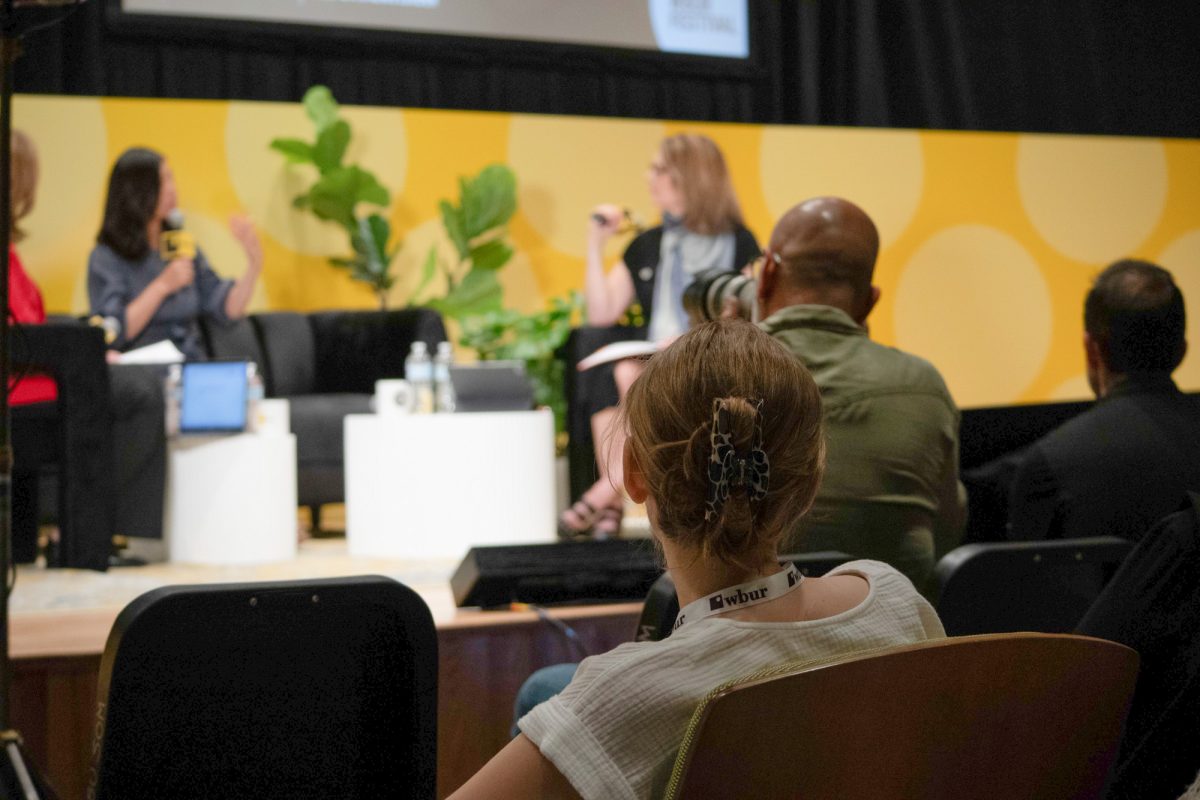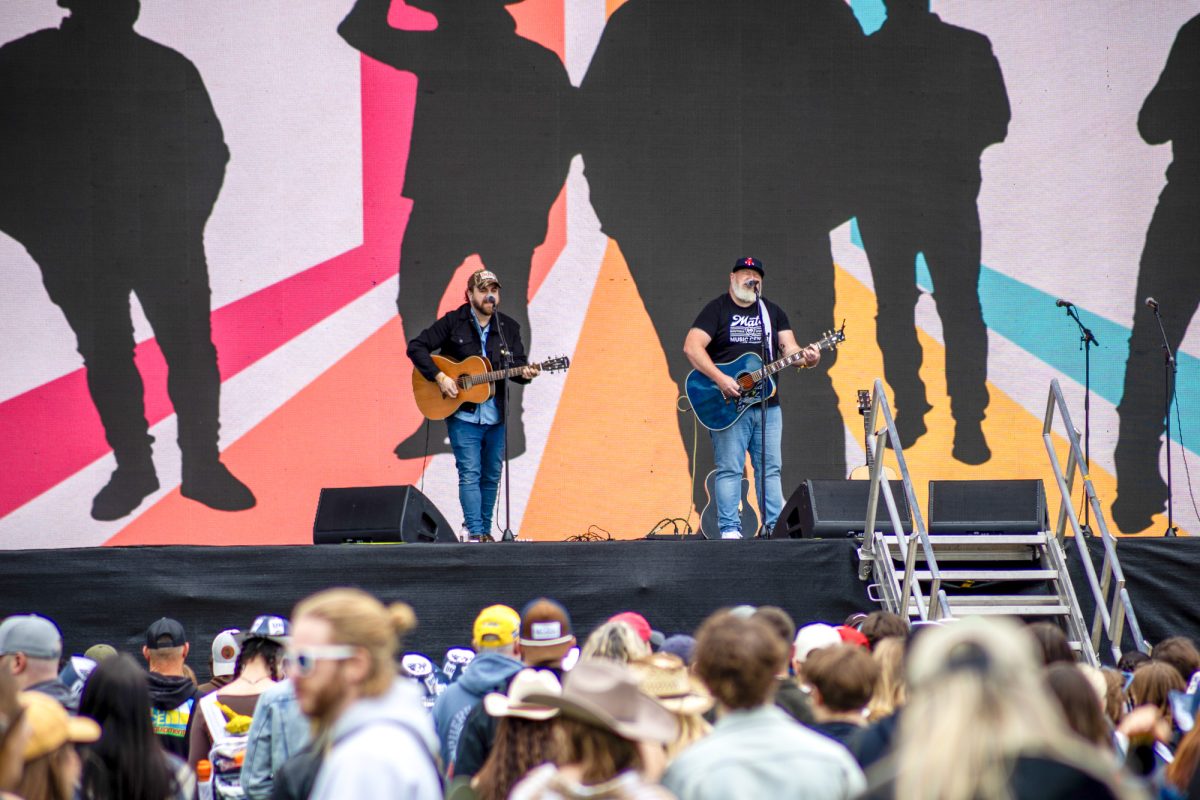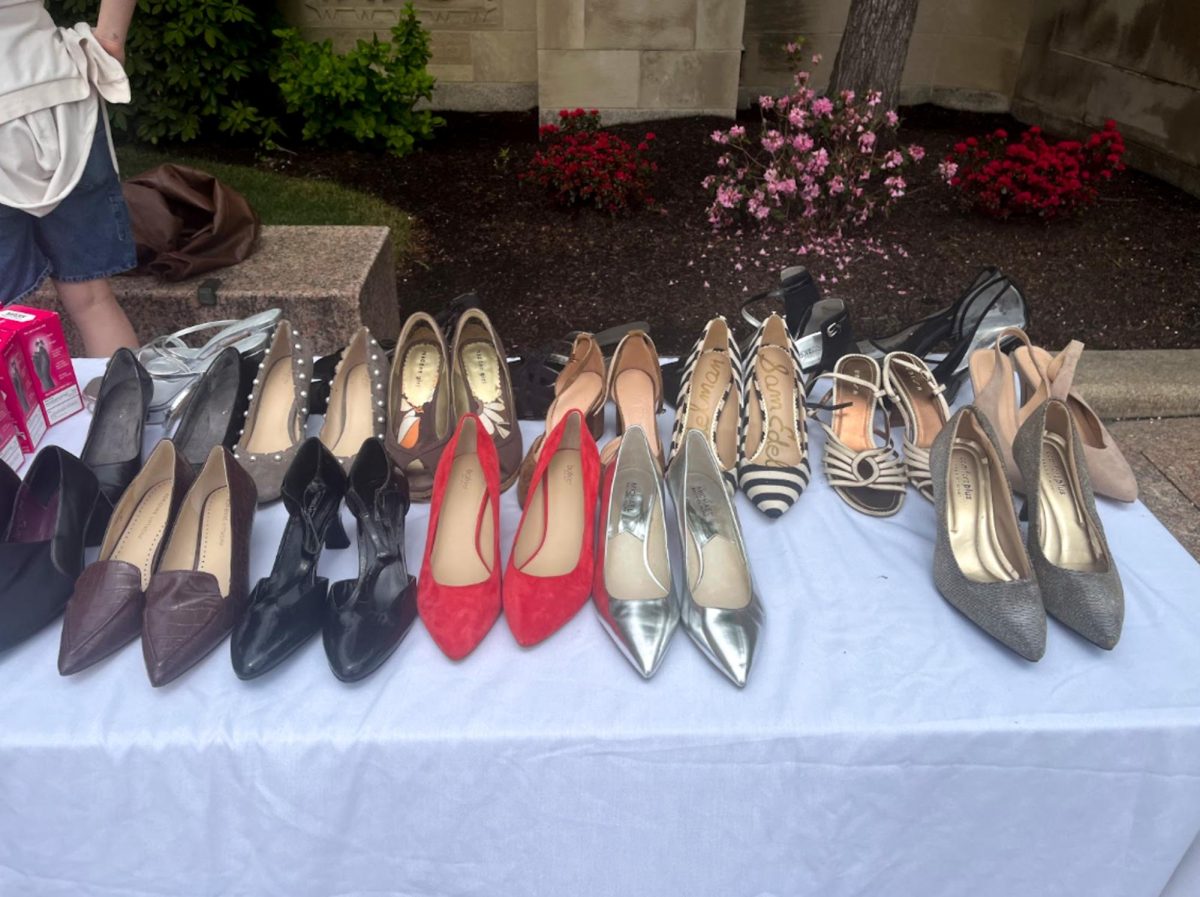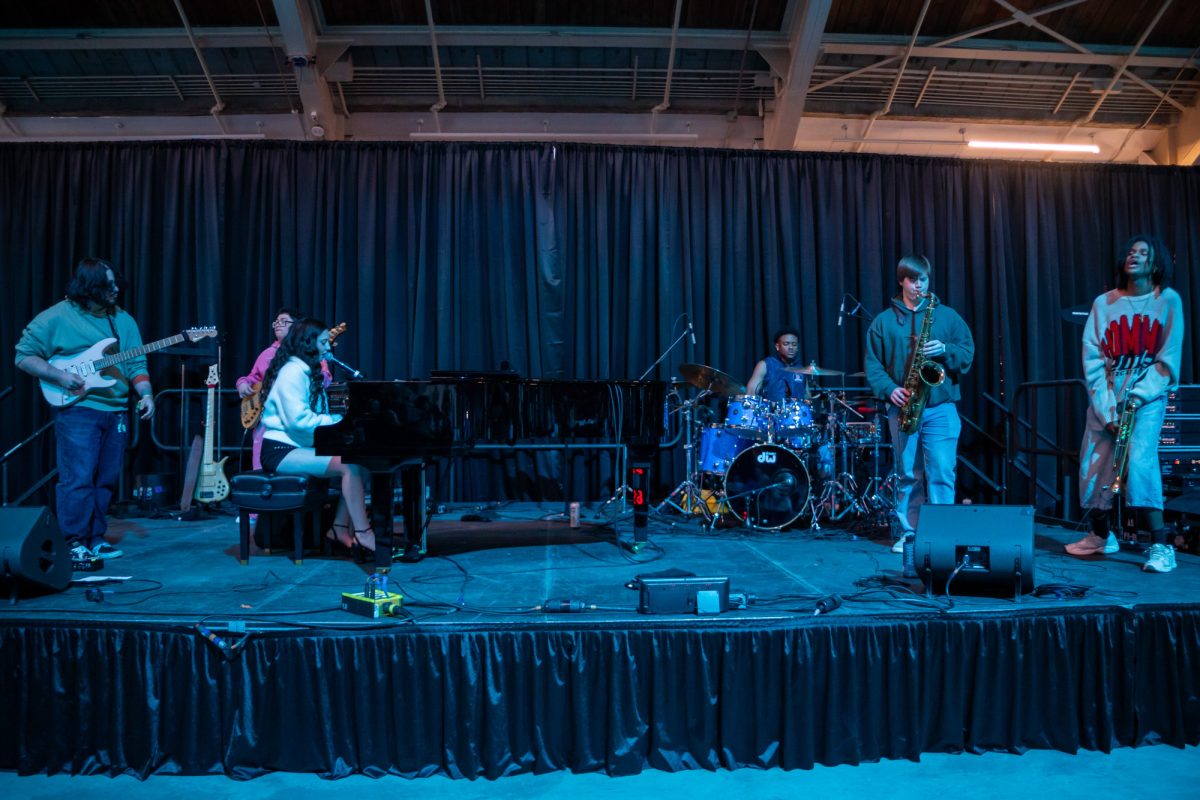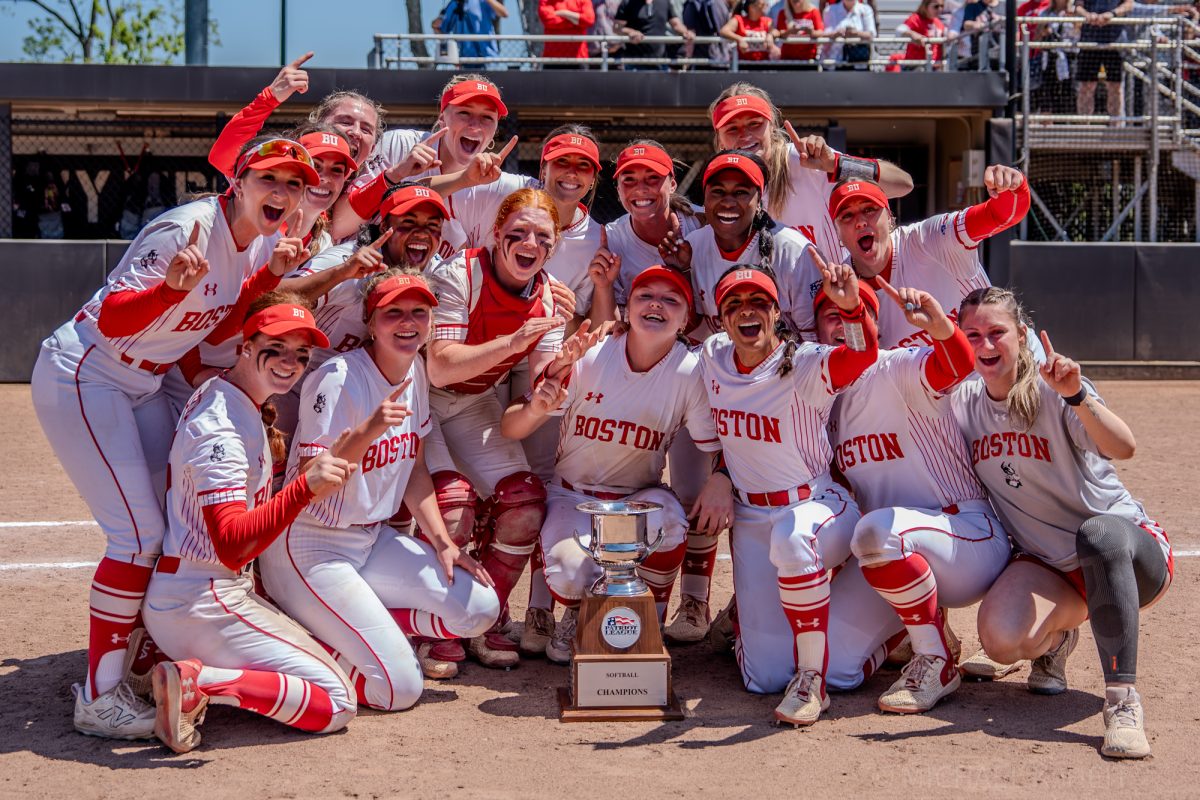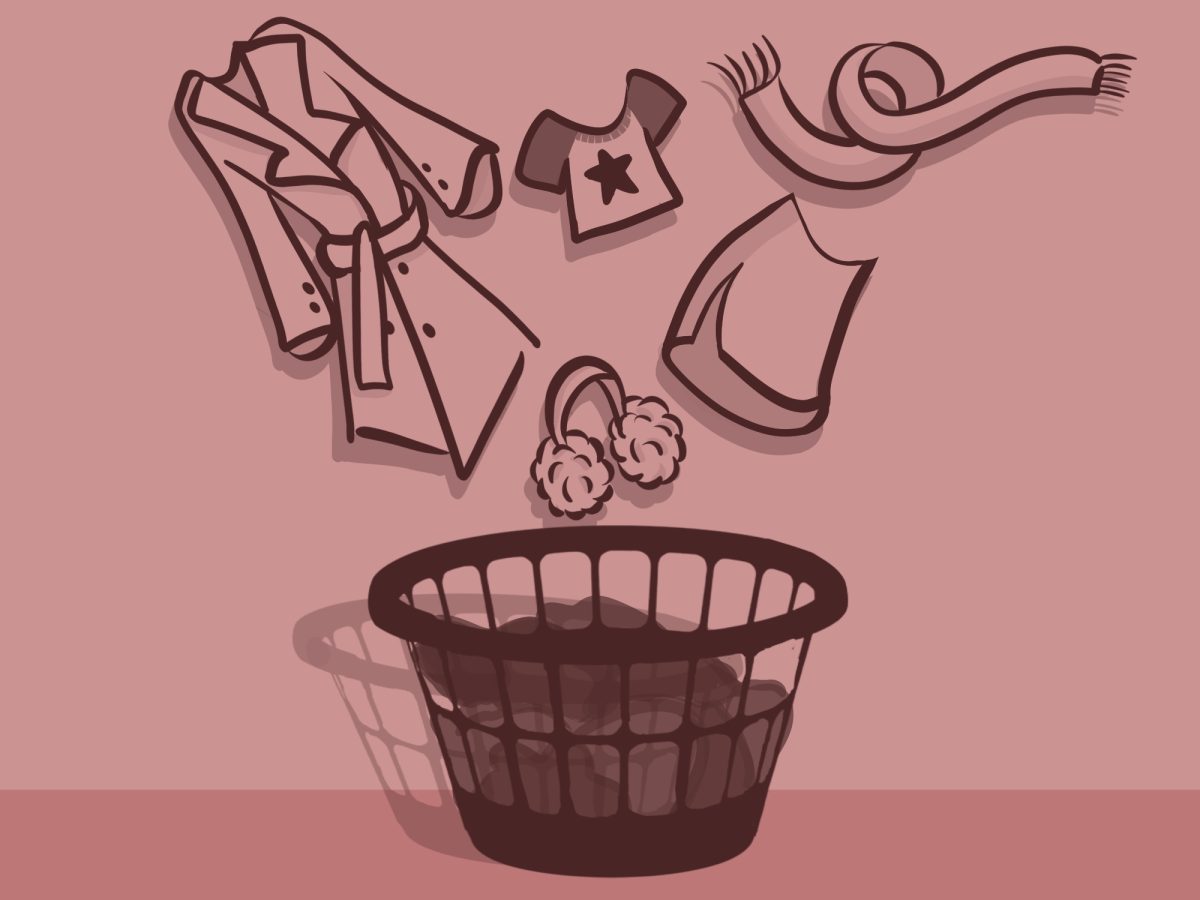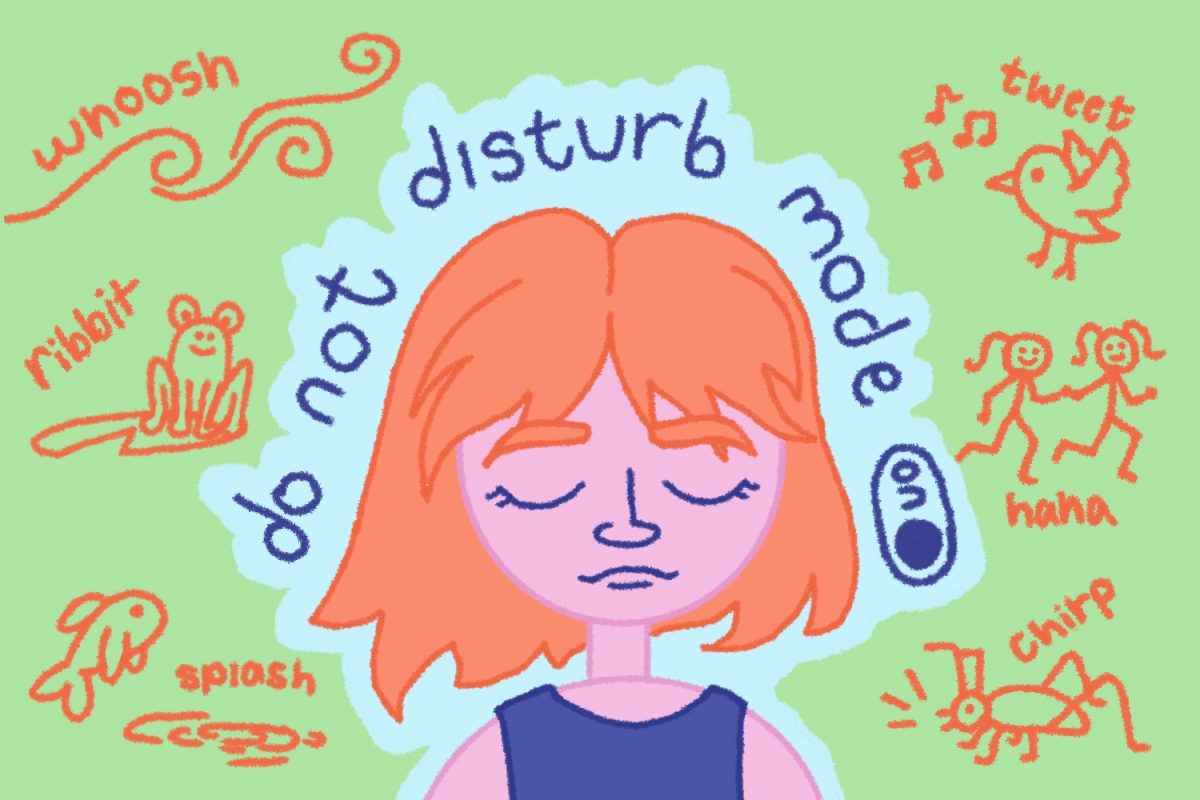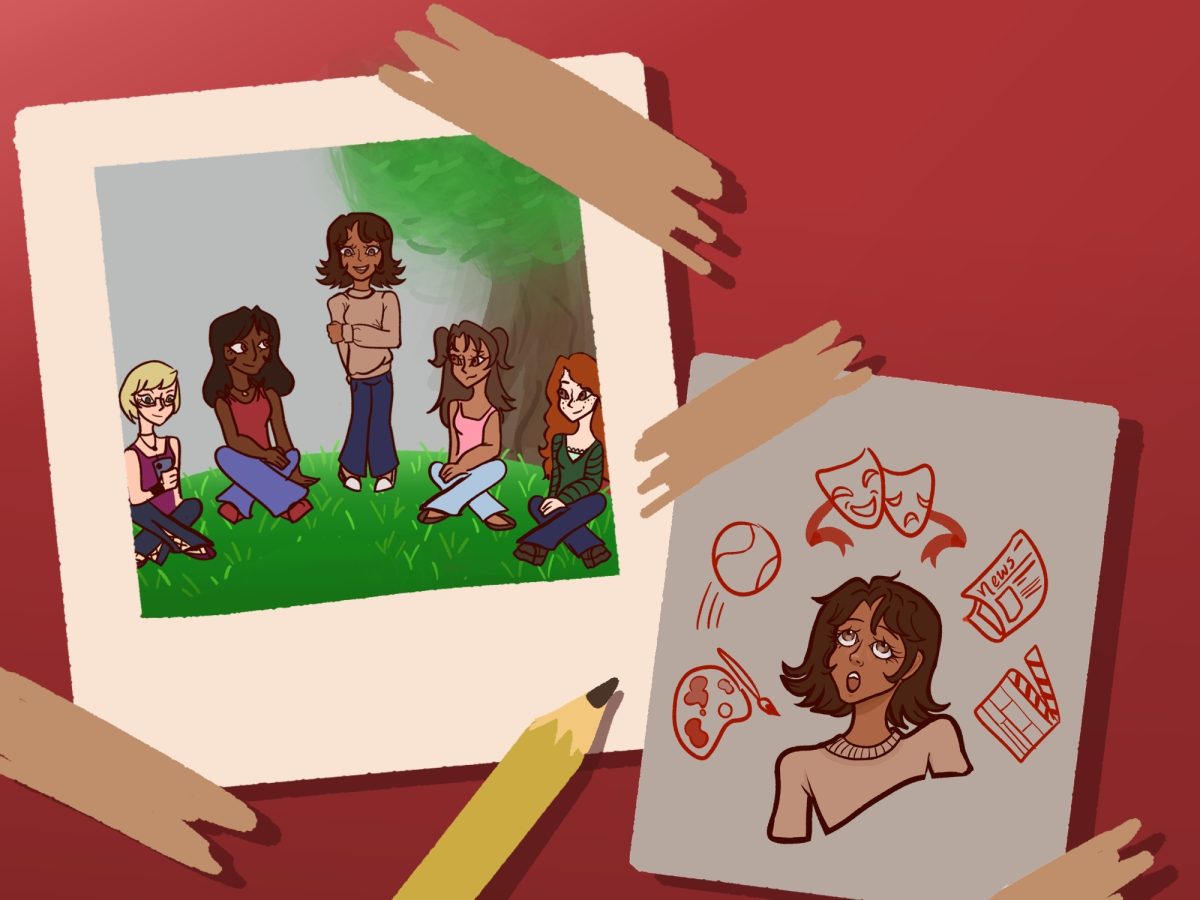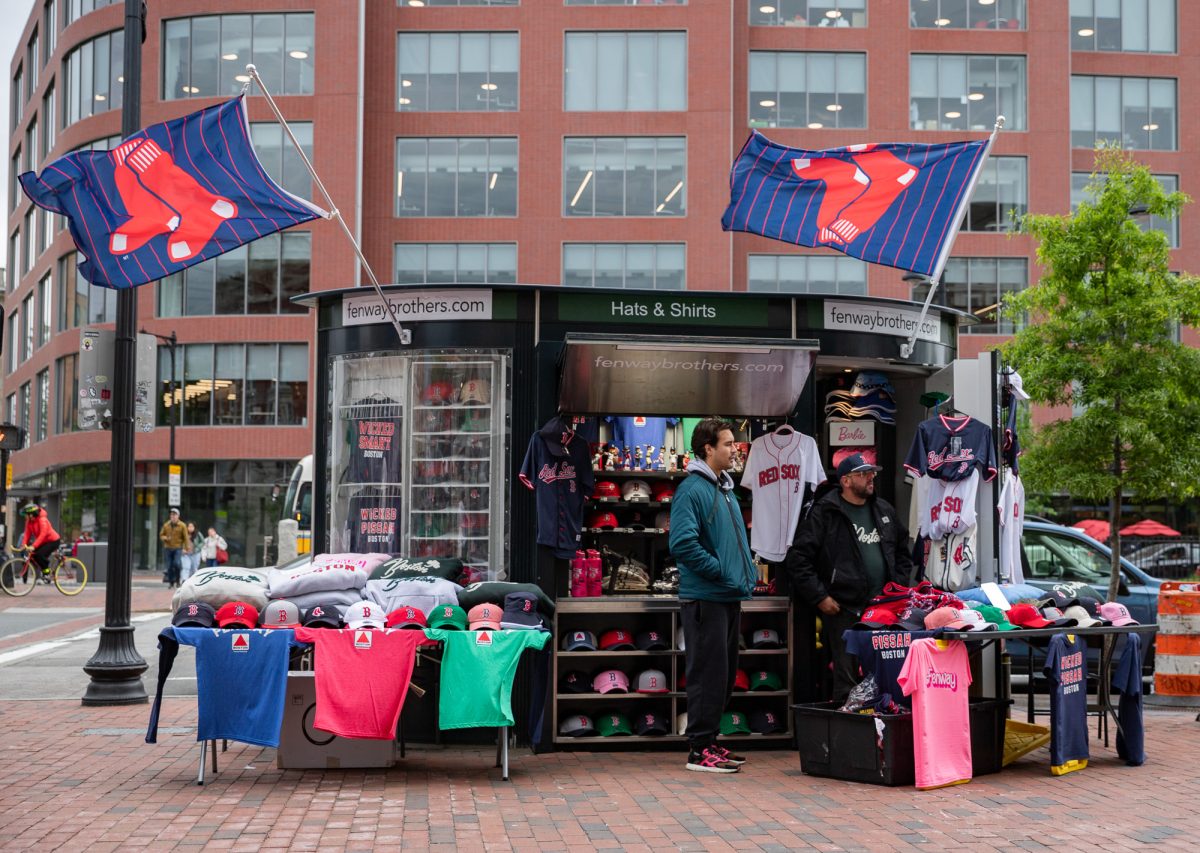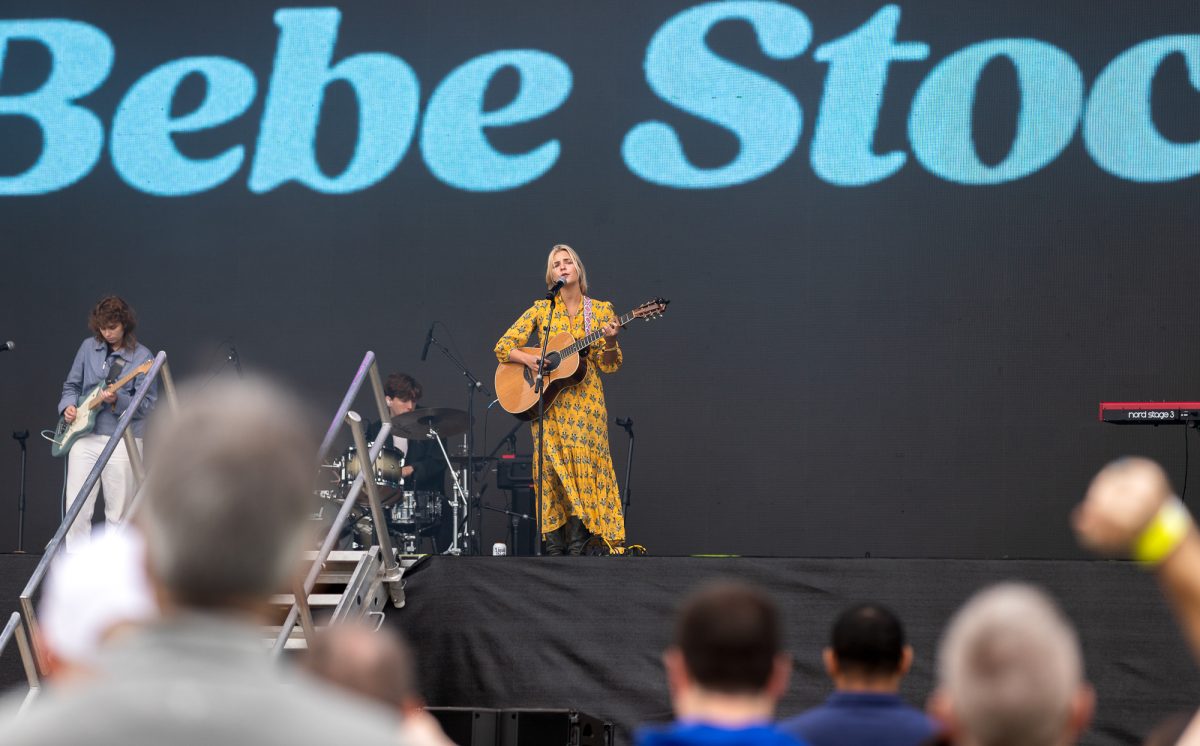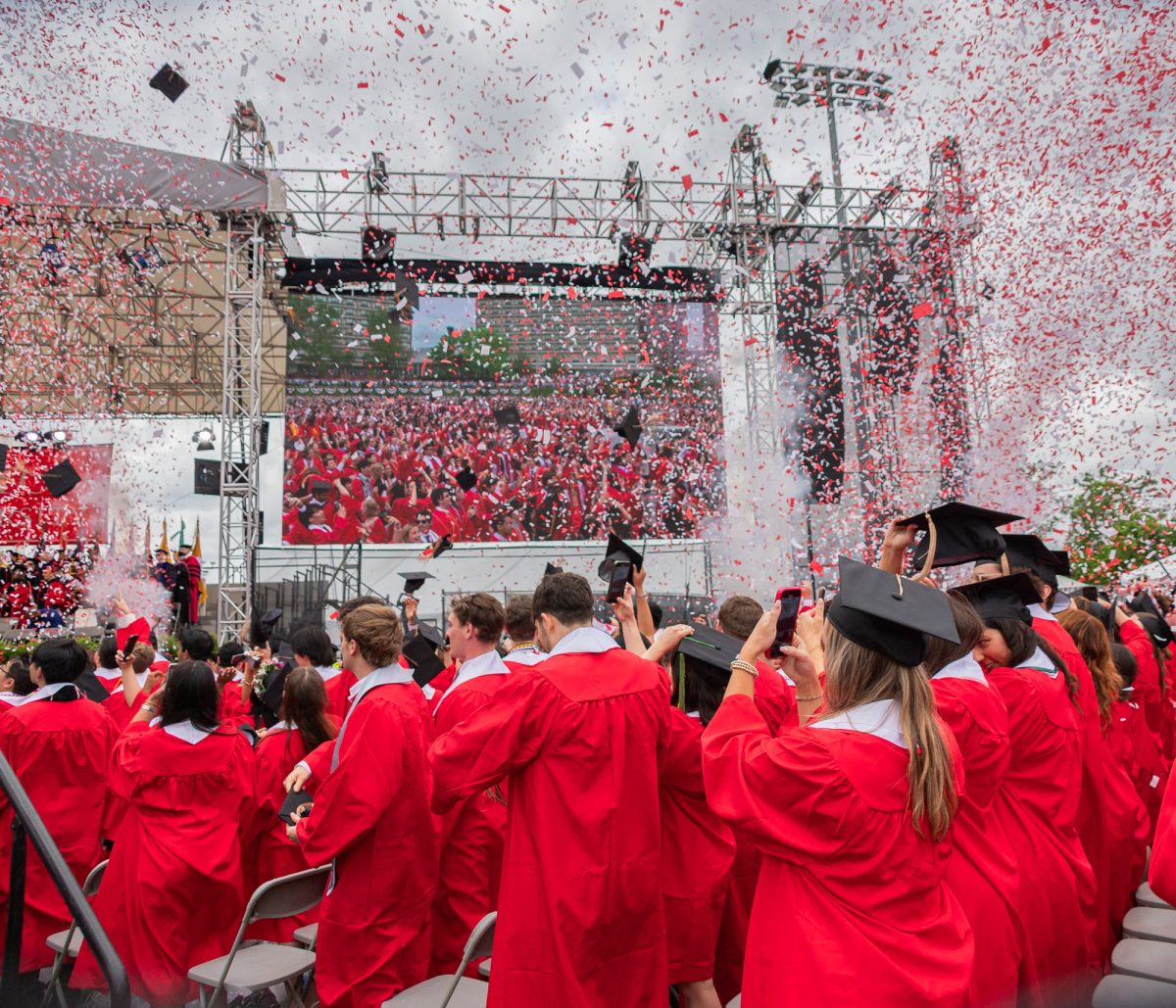Boston University will focus on boosting faculty numbers in the physical and social sciences, including chemistry, biology, anthropology and sociology, as it moves to hire 100 new professors for the College of Arts and Sciences.
The new hires — part of President Robert Brown’s 10-year University Strategic Plan — will “take place because of high demand” said CAS Dean Virginia Sapiro. The plan, which was approved by the BU Board of Trustees in April 2007, calls for the addition of 100 CAS professors.
Six professors will be added to the faculty over the next year and become the “real centerpiece of change” in the school, increasing the number of tenure-track positions, Sapiro said.
“Student needs are very important,” Sapiro said. “I want to make sure that more students will be taught by permanent faculty. We can have real tenured faculty.”
Under the current hiring system, departments are forced to hire guest lecturers when there are not enough faculty members to satisfy student demand, which offers few benefits for students in the long run, Sapiro said.
Each department is planning when new faculty members will be needed, and department chairs are looking at current professors’ upcoming retirement plans and anticipating student needs, Sapiro said. She added the increase will provide departments with “more playmates for research opportunities.”
CAS astronomy department chairman James Jackson said he supports the hiring plan, which could improve the atmosphere in departments and invigorate research efforts.
“I’m sometimes hard-pressed to staff all my classes, so I would definitely welcome some new faculty,” Jackson said.
The hiring process is still in early stages, but “on track,” Brown said in an email. “We have started to deploy these new faculty positions this year. There are new searches approved now in CAS, as well as already a couple of additional hires.”
The faculty increase “will cost the university additional resources,” Brown said.
Sapiro said CAS will be challenged to use funds from tuition, gifts and the university endowment — totaling $1.8 billion — in the most efficient way.
“The difficulty will be making the choices,” Sapiro said, “What I want us to do now is figure out what we can do really well and how we can use the resources we have to rise to that level of excellence.”
CAS currently has 885 faculty members and 7,606 undergraduate students, according to the school website, though students in BU’s other schools enroll in its classes.
“Students in professional schools have 40 or more credits in [CAS],” Sapiro said. “[Brown] really believes that as a major research university, the College of Arts and Sciences needs to be center.”

